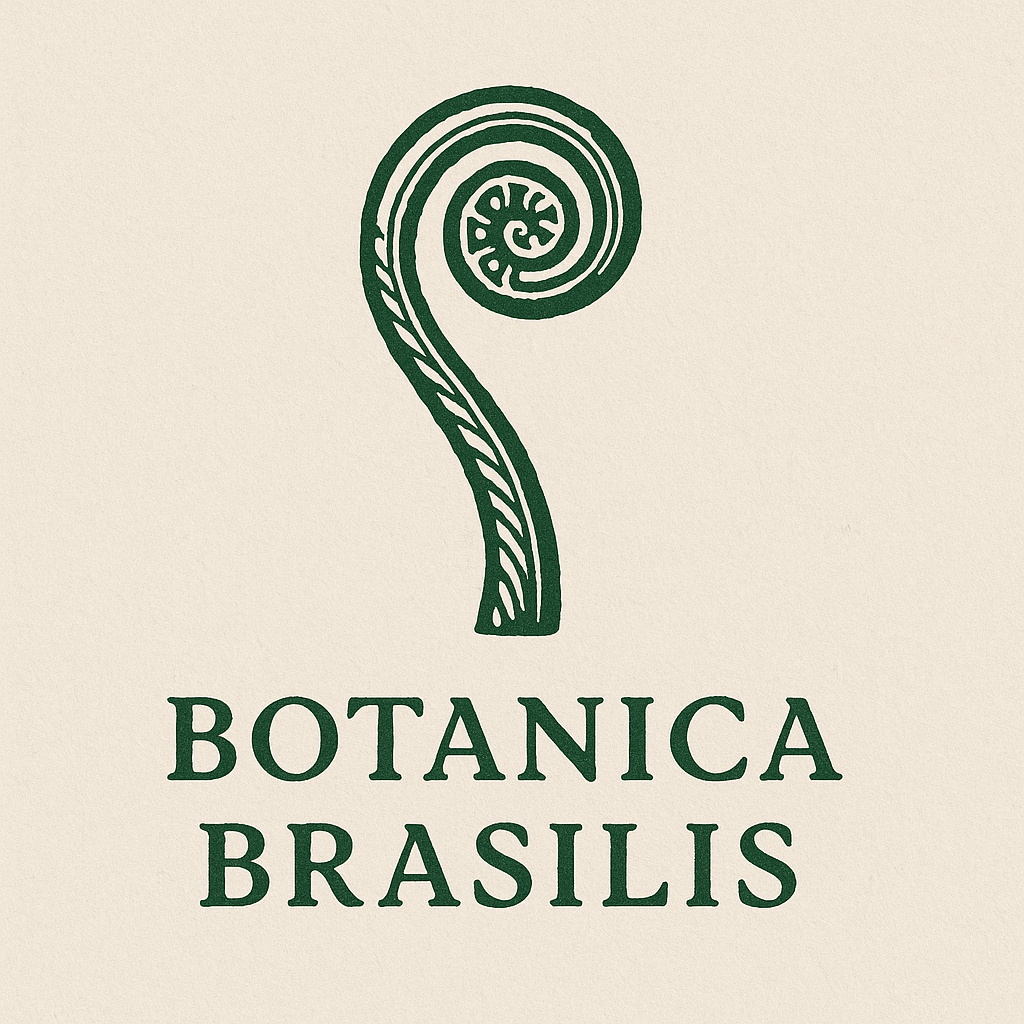Textiles as Ecological Memory: Preserving Brazil’s Plant Wisdom in Contemporary Art
In many cultures, plants are not only resources — they are storytellers, elders, and living archives. They hold the memory of seasonal cycles, the map of water, the remedies for illness, and the symbols of celebration. Yet, as industrialization accelerates and landscapes are stripped or replanted with monocultures, much of this botanical knowledge is at risk of vanishing.
In many cultures, plants are not only resources — they are storytellers, elders, and living archives. They hold the memory of seasonal cycles, the map of water, the remedies for illness, and the symbols of celebration. Yet, as industrialization accelerates and landscapes are stripped or replanted with monocultures, much of this botanical knowledge is at risk of vanishing.
In my practice as a textile artist and founder of Botanica Brasilis, I use painted linen as a vessel to preserve this knowledge — not in the form of scientific diagrams or decorative motifs, but as ecological memory. Each piece is both an artwork and an act of cultural preservation, bridging the botanical heritage of Brazil with contemporary conversations about art, sustainability, and identity.
When Cloth Remembers
For millennia, textiles have carried stories — clan symbols in tartan, protective blessings in embroidered borders, political resistance stitched in secret. In Brazil, cloth has long been a medium for transmitting heritage, from Indigenous weaving traditions to rural embroidery that records local flora and fauna.
Unlike paper or digital files, textiles are tactile, lived-with objects. They age in the light, bear the scent of homes, and carry the hand of their maker. This intimacy makes them a powerful medium for ecological storytelling: they can make plant knowledge something you not only see, but touch and live alongside.
The Artist as Botanical Archivist
My process begins with deep research — not just the physical form of a plant, but the oral histories, rituals, and ecological relationships it embodies. This knowledge often comes from Indigenous communities, rural elders, and historical archives, where plants are described not only as species but as kin.
To translate this into textile, I work on natural linen using hand-painted techniques that resist mechanization. Linen itself carries agricultural heritage — a crop that has clothed humans for thousands of years — making it an ideal partner for work about memory and continuity. Each brushstroke is slow and deliberate, mirroring the tempo of traditional plant gathering and preparation.
Art as a Counter to Forgetting
We live in an era where botanical images can be generated instantly and infinitely. Yet such abundance often comes without depth — stripped of their ecological, cultural, and spiritual roots. The risk is not just the extinction of plant species, but the extinction of the relationships we once had with them.
Textile art offers a counterpoint: a way of slowing down the gaze and reintroducing intimacy with the subject. When a viewer lingers on a painted blossom or leaf, they are not simply admiring an aesthetic object — they are encountering a story in which humans and plants are intertwined.
Beyond Ornament: Towards a Living Archive
In contemporary design, there is growing interest in heritage futures — the idea that traditions are not static relics, but living, evolving practices. Ecological memory in textiles operates in this way: it doesn’t just preserve, it adapts, allowing plant wisdom to speak to new contexts.
By treating cloth as a living archive, we can preserve more than just visual likeness. We can hold onto the songs sung during harvest, the patterns of flowering, the rituals of care. This approach challenges the separation between art and ethnobotany, between beauty and utility, between past and future.
An Invitation to Remember
One question guides my work:
What did your ancestors know about the Earth that you have forgotten?
Whether you live in São Paulo, Dublin, or Paris, the answer is rarely “nothing.” Somewhere in your lineage, someone knew how to read the signs of rain in a tree’s flowering, how to soothe fever with a leaf, how to weave a plant into a ceremony of joy.
Through my textiles, I invite people not only to remember their own plant stories, but to see the urgent need to protect the knowledge that still thrives — especially in places like Brazil, where biodiversity and cultural memory are equally rich, and equally fragile.
In a time when we cannot afford to lose either, cloth may be one of the most unexpectedly enduring ways to keep them alive.

